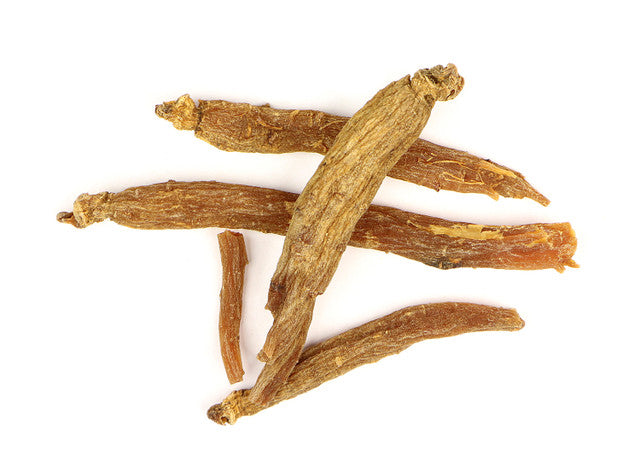
Healing Herbals
Red Ginseng Root Whole
Red Ginseng Root Whole
Couldn't load pickup availability
Red Ginseng Root Whole | Healing Herbals
Our Red Ginseng Root Whole is carefully harvested to preserve its natural integrity. This revered root has been used for centuries in traditional practices, cherished for its stimulating and balancing qualities.
Blessed with its rich, earthy taste, red ginseng is most commonly taken in teas or tonic brews. It's a daily habit for many as a way to boost concentration, stamina, and muscle power, and a handy addition to any herbal kit.
With Healing Herbals' Red Ginseng Root Whole, you can experience one of the most highly prized roots of herbalism, expertly prepared and presented in its raw, whole form.
FDA Disclaimer: These statements have not been approved by the Food and Drug Administration. This product is not intended to diagnose, treat, cure, or prevent any disease.
Share



